How to run a JAR file on Windows 11 or 10
Windows 11 is capable of running a large number of file types, with or without external third-party applications. Not only does it allow you to perform numerous tasks from the comfort of your PC, but it also ensures that you can take advantage of the original capabilities of your PC.
Today we’ll take a look at a complex file type — jar — and tell you how to open it on a Windows 11 or Windows 10 PC.
What is a jar file?
jar is an archive package format that may or may not contain an executable Java program. These archives can contain java applications or source code, which can then be used to compile and run applications without having to write separate code for each application. You can run .jar files on Windows 11 in various ways, and we've listed the most common ones below. Please follow the relevant sections to help you through the process.
How to check if Java is installed
Before we continue, you need to check if Java is installed on your Windows 11 PC. If you don’t use the Java programming language or any similar language, chances are that your Windows 11 PC still doesn’t use Java.
To check whether you have Java installed or not, run the simple command given below. Here's how to do it.
Open the command prompt. Press the Windows key on your keyboard and type cmd. Then click Command Prompt.
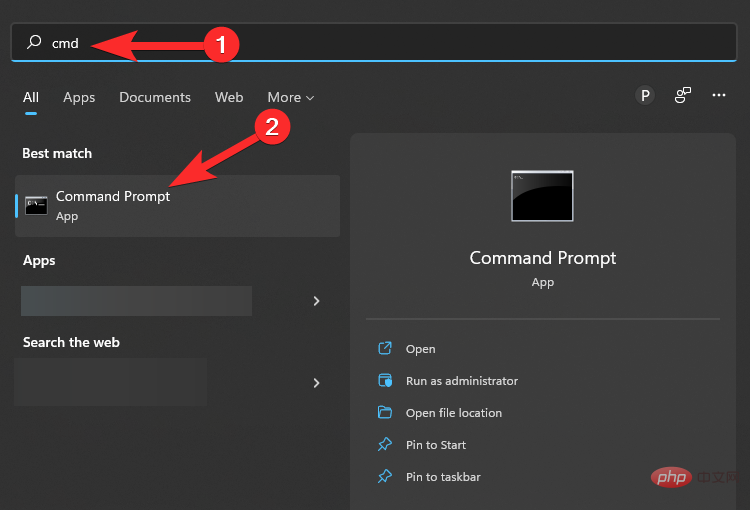
In the command window, type the following command:
1 |
|
Your screen will look like this:
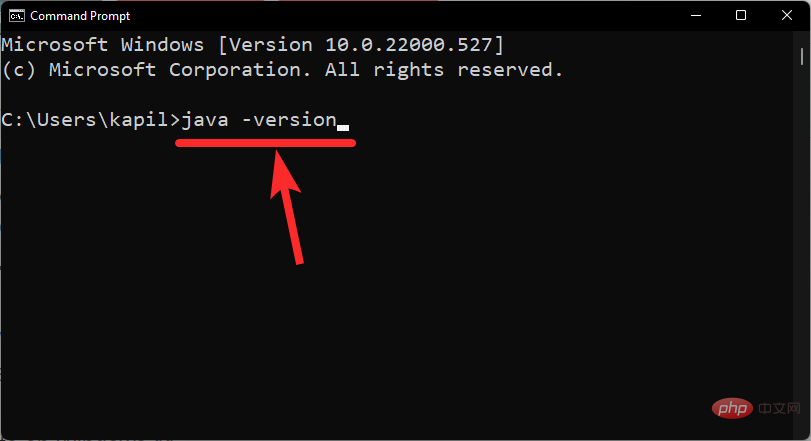
Now, press Enter to run it.
Now, if you don't have Java on your machine, you will get an error message stating that the command is not recognized.
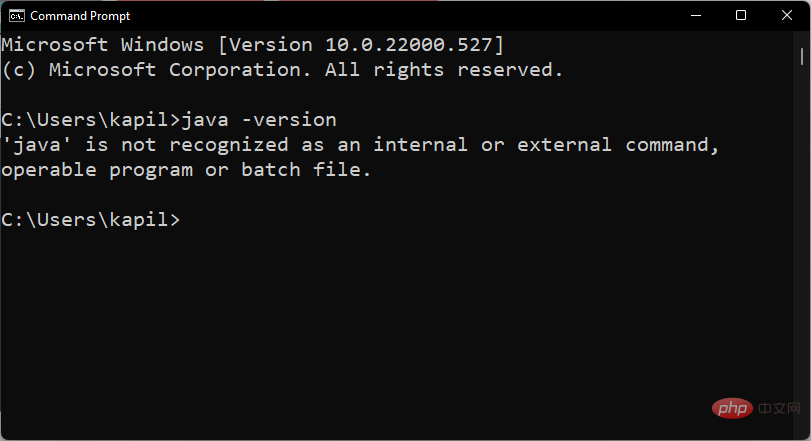
How to install Java (if you don’t have it)
If you don’t have Java on your PC and want to download it to run Java applications, you will need Install the Java Runtime Environment or JRE.
To download the latest version of JRE, please visit the Java download website.
Now, download the executable file for Windows.
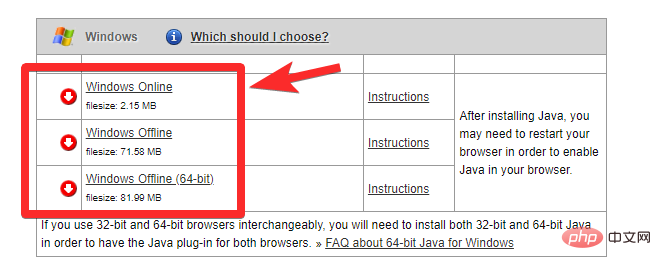
After downloading and installing, go to the command prompt and type “java -version” again as shown above.

You should now see the version of Java installed on your system.
4 Ways to Run Jar Files on Windows
Running a jar file can be very simple or very difficult. Of course, we'll start with the basics.
Method #01: Double-click to run
After installing the JRE or JDK, you will be able to run the jar file locally on your PC. You should immediately see your jar file as a Java executable. If you don't, you'll need to right-click the jar file and select Run it with OpenJDK Platform Libraries or similar.

#With any luck, a simple double click will run the jar file like a charm.
Method #02: Create a .bat file to run unsigned or custom .jar archives
If you compiled the .jar archive yourself and want to run the same file on other PCs , then the .bat file can help you. To do this, first, open any Windows Explorer window, click on the three-dot menu icon and select Options.
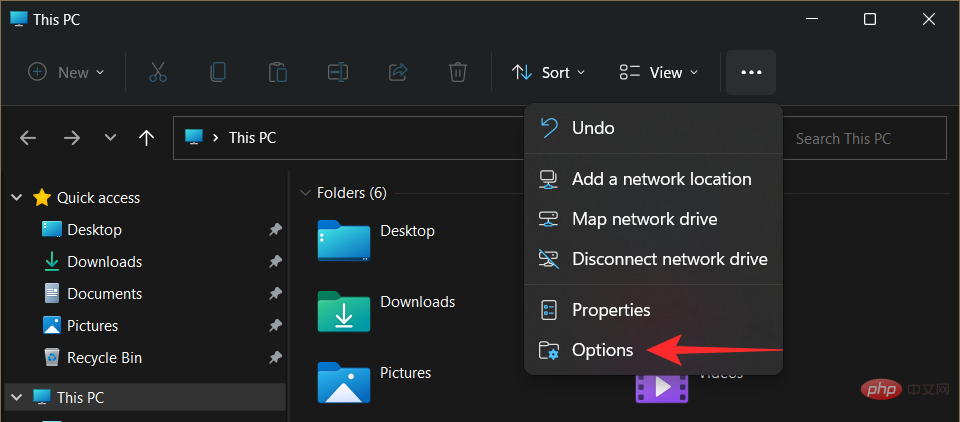
Now, go to the View tab and uncheck the Hide extensions for known file types option.
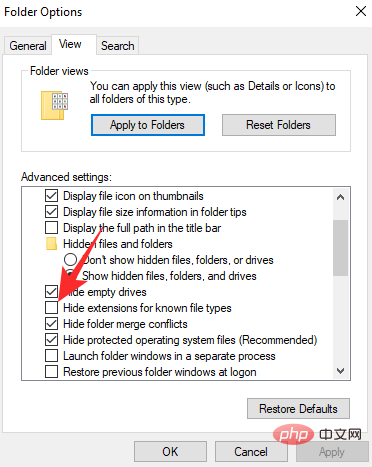
This will display the full name of the file (with extension).
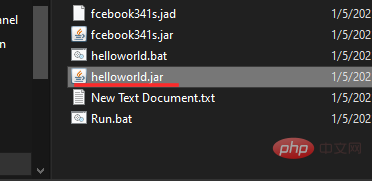
#Now, open a notepad file in the folder where the relevant jar file is located. Now add this line to the text file.
java -jar yourfilename.jar
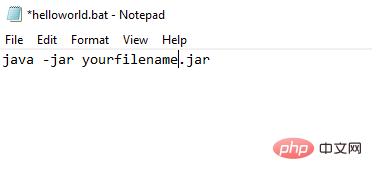
Now, save the file with the “.bat” extension. You can do the same thing by pressing Ctrl Shift S on your keyboard.
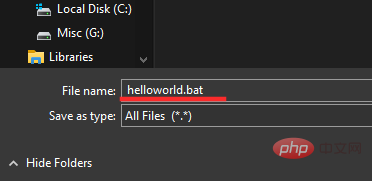
Just. Now, every time you double-click the batch file, it will be redirected to the jar and the executable should run as scheduled.
Method #03: Repair jar file association
After you create the executable batch file and link it with the Jar, you should be able to run the program smoothly. However, if for some reason you don't get the results you want, we recommend that you check Java file associations.
Packaging/unpacking applications (e.g. WinZip, WinRAR, etc.) may corrupt file associations with JavaAW - the program that ultimately executes the jar file. Follow the tutorial below to help fix .jar file association on your PC.
3.1) Using Settings
Press the Windows ikeyboard to open the Settings app. Now click on "Applications" on the left.

Now click on “Default Apps”.
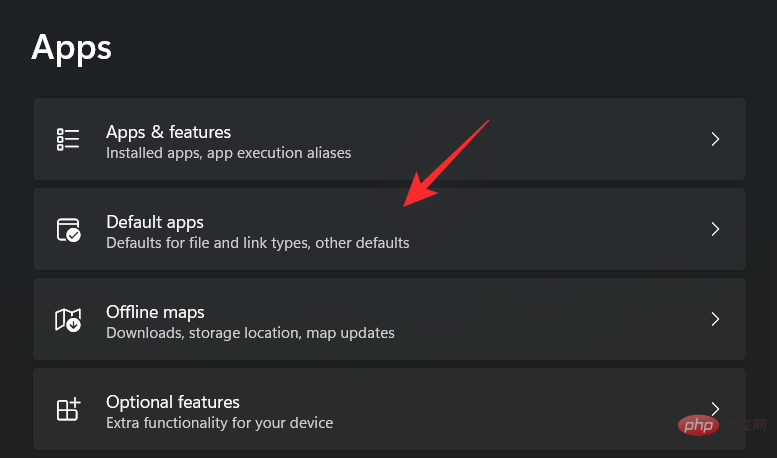
Scroll to the bottom and click "Change defaults by file type."
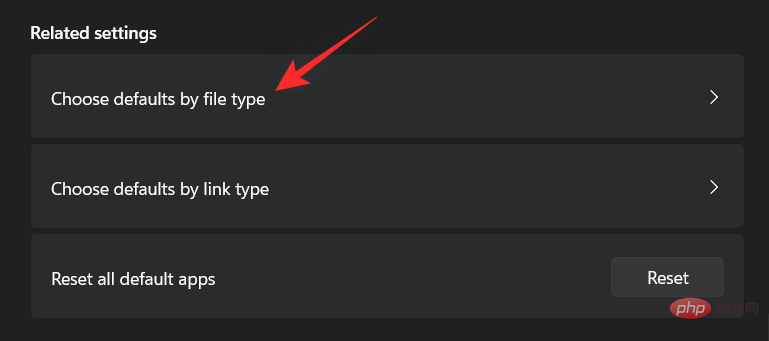
Click the search box at the top.
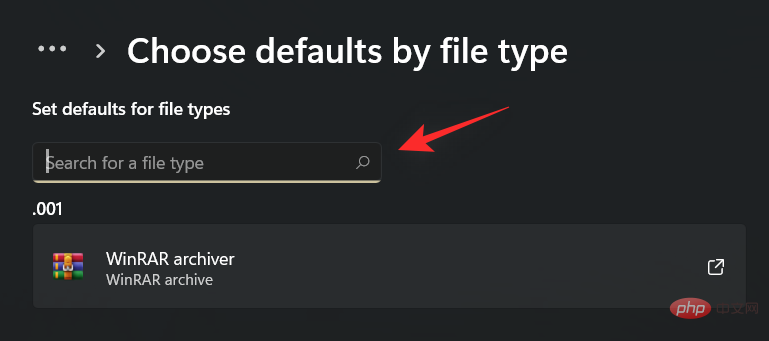
Now type “jar” and press Enter on your keyboard.
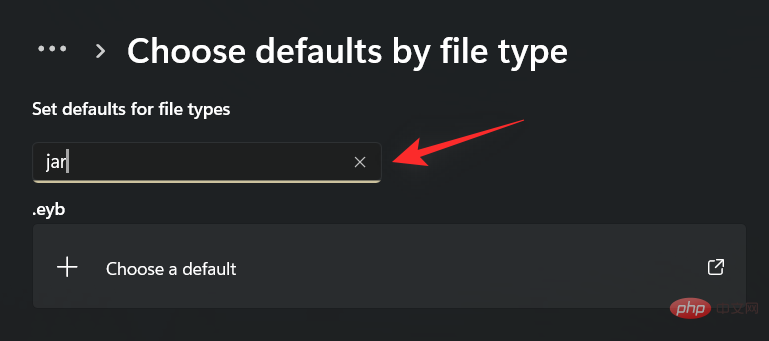
Click the .jar listing in the search results.
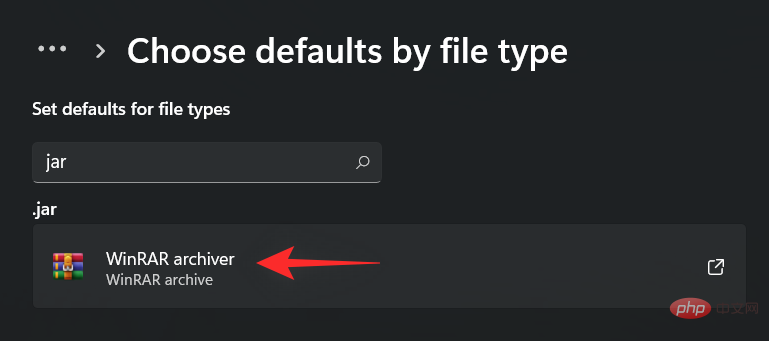
Click on "More Applications" and select the Java we installed earlier.
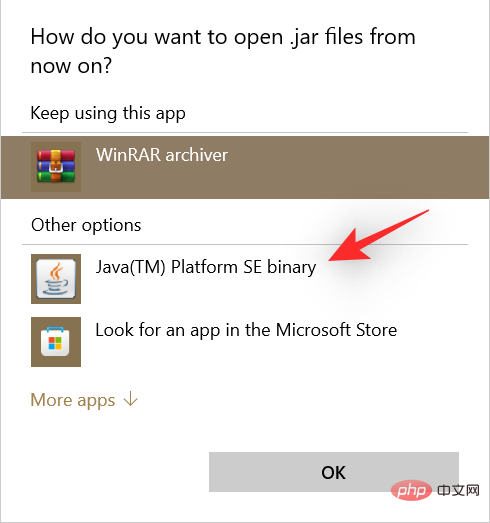
Click "OK" when finished.
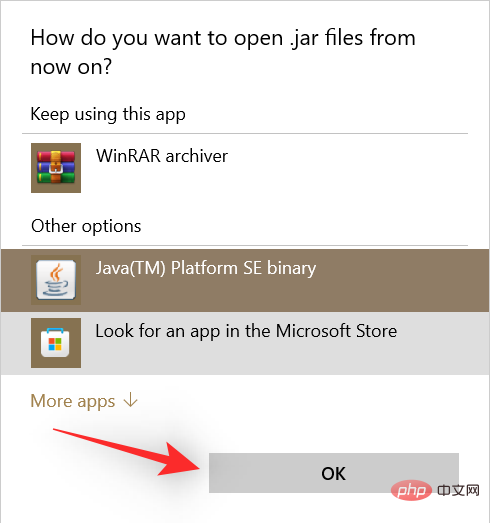
File type association will now be changed for the .jar extension. You should now be able to run the .jar file on your PC with a simple double-click.
3.2) Using .jar file properties
Select the .jar file you are trying to open and hit the Alt Enterkeyboard.
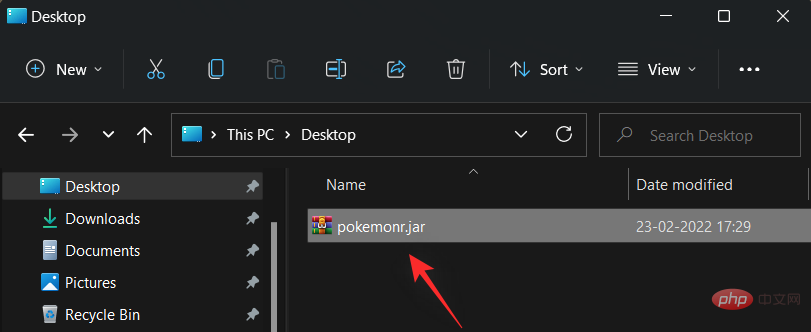
Click "Change" next to "Open with:".
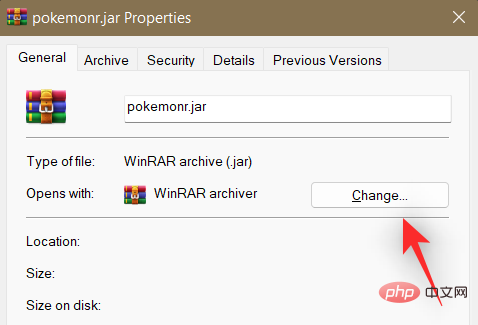
Click "More Apps" and then click "Java".
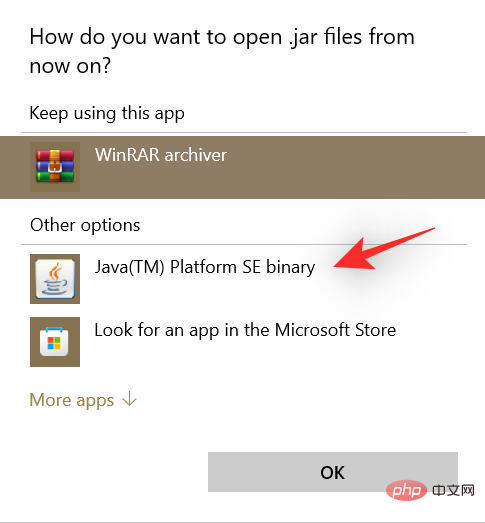
Click "OK" when finished.
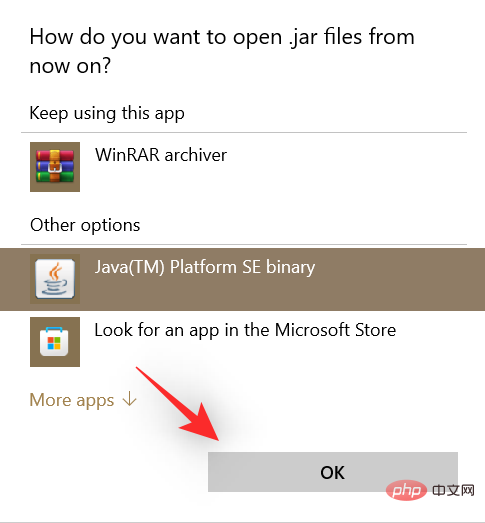
#Click OK again in the properties window to apply and save your changes.

That's it! The .jar file type will now be associated with Java and you should be able to open it on your device with a simple double-click.
Method #04: Run .jar files using CMD
You can also easily run .jar files from CMD. Please follow any of the methods below to help you through the process.
Open the folder where the .jar file is located and click on the address bar at the top.
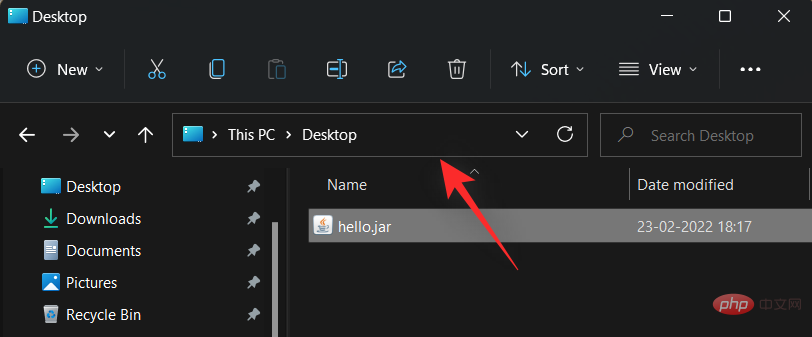
Type "CMD" and press the Enter key on your keyboard.
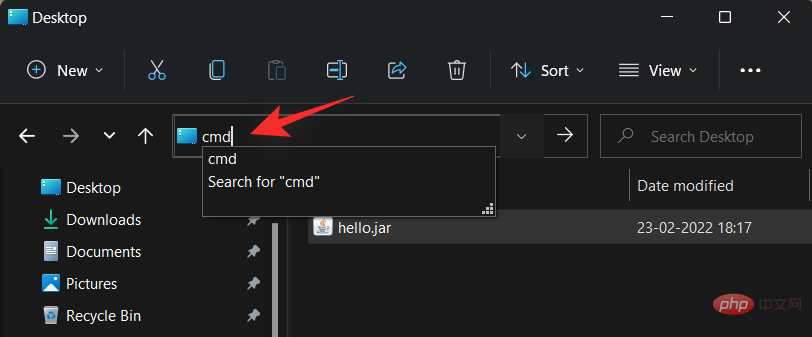
The command prompt will now launch in the same location. Enter the following command and replace "NAME" with the exact name of the .jar file in the same directory.
java -jar NAME.jar
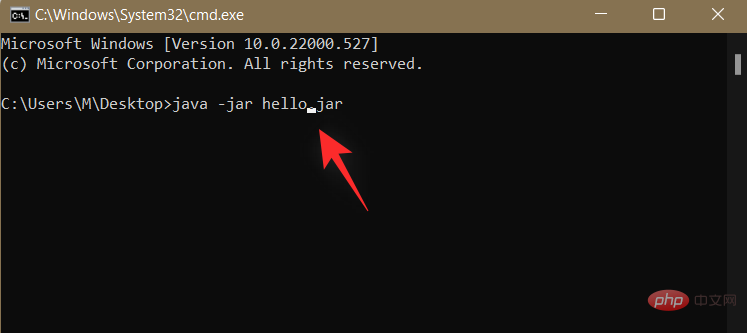
That’s it! You will now execute the required .jar files from the command prompt.
FAQ
.Jar file archives are sometimes misunderstood as executable files and vice versa. Opening and running both on Windows requires different approaches, so here are some FAQs to help you get started quickly.
Can I run .jar games using these methods?
No, unfortunately you will need a third-party .jar game loader to help you launch and configure your game accordingly. The game also needs to save your progress, which is also handled by such third-party applications.
Why can't I extract the .jar archive?
We recommend that you verify the .jar file and make sure it is an archive file. In most cases, unsupported content is the reason why you cannot extract .jar files on your system. Additionally, the developer needs to define the file as an archive so that it is recognized as the same on your device.
What is the best way to run a .jar file?
We recommend that you stick to the double-click method. If your file type associations are messed up, you can use the tutorial above to fix it on your device. However, if in the rare case that the double-click method doesn't work for you, we recommend you to try the command line method.
The above is the detailed content of How to run a JAR file on Windows 11 or 10. For more information, please follow other related articles on the PHP Chinese website!

Hot AI Tools

Undresser.AI Undress
AI-powered app for creating realistic nude photos

AI Clothes Remover
Online AI tool for removing clothes from photos.

Undress AI Tool
Undress images for free

Clothoff.io
AI clothes remover

Video Face Swap
Swap faces in any video effortlessly with our completely free AI face swap tool!

Hot Article

Hot Tools

Notepad++7.3.1
Easy-to-use and free code editor

SublimeText3 Chinese version
Chinese version, very easy to use

Zend Studio 13.0.1
Powerful PHP integrated development environment

Dreamweaver CS6
Visual web development tools

SublimeText3 Mac version
God-level code editing software (SublimeText3)

Hot Topics
 1393
1393
 52
52
 37
37
 111
111
 How to disable driver signature enforcement in Windows 11
May 20, 2023 pm 02:17 PM
How to disable driver signature enforcement in Windows 11
May 20, 2023 pm 02:17 PM
Microsoft has built several security features into Windows to ensure your PC remains secure. One of them is driver signature enforcement in Windows 11. When this feature is enabled, it ensures that only drivers digitally signed by Microsoft can be installed on the system. This helps most of the users to a great extent as it protects them. But there is a downside to enabling driver signature enforcement. Suppose you find a driver that works for your device, but it is not signed by Microsoft, although it is completely safe. But you won't be able to install it. Therefore, you must know how to disable driver signing in Windows 11
 4 Ways to Enable or Disable Microsoft Store on Windows 11 or 10
May 14, 2023 am 10:46 AM
4 Ways to Enable or Disable Microsoft Store on Windows 11 or 10
May 14, 2023 am 10:46 AM
Here are some possible reasons why you need to disable Microsoft Store: Stop unwanted notifications. Preserves data by limiting the background processes of the Microsoft Store to improve security or privacy Addresses some issues related to the Store or the apps it installs. Restrict children, family members, or other users from downloading applications without permission. Steps to Disable or Enable Windows Store Before following this tutorial, disabling the Microsoft Store will also stop the installation of any apps that require its services. To use the store, users need to enable its service in the same way as blocking it. 1. Block WindowsStore background service Let us from restricting Microsoft Store as
 How to fix Windows 11 activation error 0xc004c060
May 17, 2023 pm 08:47 PM
How to fix Windows 11 activation error 0xc004c060
May 17, 2023 pm 08:47 PM
Why am I encountering Windows 11 activation error 0xc004c060? First make sure you are using genuine Windows and that the license key is valid. Also, check if it was obtained from an official source and if the key is suitable for the installed OS version. If there is an issue with any of these, you may encounter Windows 11 activation error 0xc004c060. So be sure to verify these and if you find everything is in order, move on to the next section. If you obtained the key through unreliable means or believe that the installed copy is a pirated version, you will need to purchase a valid key from Microsoft. In addition to this, misconfigured settings, missing
 0x80010105: How to fix this Windows update error
May 17, 2023 pm 05:44 PM
0x80010105: How to fix this Windows update error
May 17, 2023 pm 05:44 PM
Microsoft regularly releases Windows updates to improve functionality or increase the security of the operating system. You can ignore some of these updates, but it's important to always install security updates. While installing these updates, you may encounter error code; 0x80010105. An unstable connection usually causes most update errors, and once the connection is reestablished you're good to go. However, some require more technical troubleshooting, such as the 0x80010105 error, which is what we will see in this article. What causes WindowsUpdate error 0x80010105? This error may occur if your computer has not been updated in a while. Some users may have permanently disabled W for their reasons
 How to fix runtime error 339 on Windows 11/10
May 13, 2023 pm 11:22 PM
How to fix runtime error 339 on Windows 11/10
May 13, 2023 pm 11:22 PM
There can be several reasons why runtime error 339 occurs when running a program. Some of them may be that some ocx or dll files are missing, damaged or the dll or ocx is not registered. This would be an annoying experience for the smooth execution of the application. Here are some of the possible error messages you may see for Runtime Error 339 Error – Runtime Error 339: Component DUZOCX32.OCX is not registered correctly or the file is missing. Error – Runtime Error 339. Component MSMASK32.ocx or one of its dependencies is not registered correctly; the file is missing or invalid. Error – Runtime Error '339': Component 'FM20.DLL' or one of its dependencies was not correctly noted
 How to disable display scaling for high DPI settings in Windows 11 or 10
May 22, 2023 pm 10:11 PM
How to disable display scaling for high DPI settings in Windows 11 or 10
May 22, 2023 pm 10:11 PM
The default display scaling feature on Windows 10 or later is a core component of the Windows operating system. But sometimes, this feature of certain apps can cause compatibility issues, unreadable text, blurry logos, and ultimately, app crashes. This can be a huge headache if you're dealing with 2160p or higher resolutions. There are many ways to disable the default display scaling feature on high DPI settings. We've selected the best ones and detailed step-by-step instructions for each process. How to Disable Display Scaling on High DPI Settings There is a way, all you have to do is disable high DPI scaling for a single application, and there is a way to do it for the entire Window
 How to disable core parking on Windows 10
May 16, 2023 pm 01:07 PM
How to disable core parking on Windows 10
May 16, 2023 pm 01:07 PM
If you are a Windows user and want to disable the core parking functionality in your system, this article will guide you through the process. What is core parking? The core parking function is a power saving mechanism. It puts some of your processors into a sleep mode that doesn't perform any tasks and consumes very little or no power. This helps reduce energy consumption and therefore heat in the system. These cores are unparked when needed. Few users need to disable this feature, especially gamers. Disabling this feature will improve your system performance. Disable Windows Core Parking using Windows Registry Editor Step 1: Use Windows + R keys simultaneously to open the run prompt. Step 2: At the run prompt
 5 Ways to Disable Delivery Optimization Service in Windows
May 17, 2023 am 09:31 AM
5 Ways to Disable Delivery Optimization Service in Windows
May 17, 2023 am 09:31 AM
There are many reasons why you might want to disable the Delivery Optimization service on your Windows computer. However, our readers complained about not knowing the correct steps to follow. This guide discusses how to disable the Delivery Optimization service in a few steps. To learn more about services, you may want to check out our How to open services.msc guide for more information. What does Delivery Optimization Service do? Delivery Optimization Service is an HTTP downloader with cloud hosting solution. It allows Windows devices to download Windows updates, upgrades, applications and other large package files from alternative sources. Additionally, it helps reduce bandwidth consumption by allowing multiple devices in a deployment to download these packages. In addition, Windo



